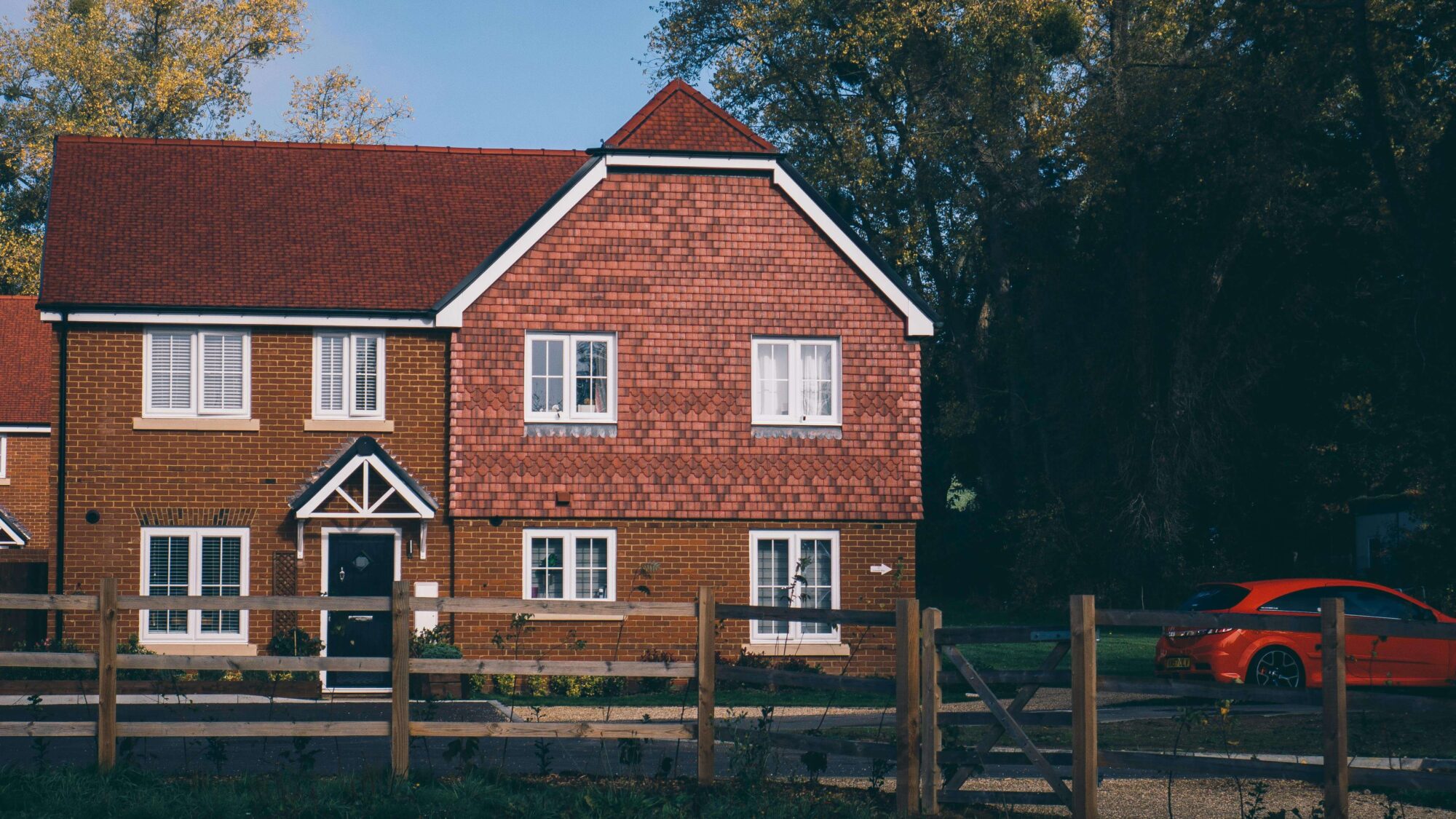Selling a shared ownership house or flat can be an easier and certainly faster process…
Chancel repair liability: What it’s about!
PLEASE NOTE: Information in this article is correct at the time of publication, please contact DFA Law for current advice on older articles.
Since the House of Lords’ decision in Aston Cantlow v Wallbank and another [2003] UKHL 37 chancel repair liability has earned notoriety amongst conveyancing practitioners. In that case, a land owner was faced with a claim from his local parochial church council for the cost of repair of the local church chancel, it being asserted that the legal liability attached to his land.
This was despite the fact that nothing was mentioned in the deeds when he first acquired the land. The liability amounted to over £200,000 and despite protestations of injustice and that the claim amounted to a breach of his human rights it was held that the right amounted to an overriding interest attaching to the land and that he would have to pay out.
Taking into account the land owner’s additional liability for payment of the PCC’s legal costs of the litigation including a final appeal to the House of Lords, the total bill came to more than £400,000.
As the system for assessing whether or not a property is definitely subject to such liability is time consuming and costly and does not fit comfortably within the property sale and transfer mechanisms. Thus, there has been a perceived need on the part of purchasers and prospective mortgagees to insure against the risk of such claims based on a rather more superficial but swifter check as to potential liability for any one property.
Most of that need will disappear with effect from the 13th October 2013, but as will be seen below, as a consequence of provisions contained in the Land Registration Act 2002, not completely.
The other side of the coin is of course that PCCs have been seeking and requiring advice about securing their position with regard to maintenance of their Churches, against properties subject to legal liability. We are talking here in England about Church of England Churches only and the potential for liability first arose at the time of the reformation in the days of Henry VIII.
Current position
The liability to repair the chancel (or pay for repairs) attaches to former rectorial land unless the liability was abolished by statute or substituted for an annuity. The most common example of statutory abolition is where a new parish has been created by sub-division of the old medieval parish. This is particularly common in the newly populated areas of the industrial revolution.
Apart from one exception, liability for chancel repairs is several. To illustrate, if the original land subject to the liability was sold in parts so that there are now ten land owners (or Lay Rectors), each of the ten are responsible for the entire repair bill. If the Church pursued one, that one would have a right to claim a contribution from the other nine. The position is likely to be considerably more complex in practice.
The exception is where tithe rentcharges were redeemed by the Tithe Act 1936. In this situation, a Record of Ascertainments was produced by the Tithe Commissioners under the Tithe Act 1936, which specified how liability was to be divided. The Record of Ascertainments affects the Lay Rectors mentioned in it, who were former rentcharge owners (and their successors), and the owners of lands in which rentcharges had merged. These lands are set out in the Schedule to the Record of Ascertainments.
Where a specified block of land has been further subdivided since the original apportionment of liability in 1936, each of the landowners will be severally liable for the entire amount originally apportioned to that block of land. If the Church pursued one, that one would have a right to claim a contribution from the others.
One of the difficulties with the liability is that the land to which it attaches will not necessarily be close to the church to which the liability relates. The problems are compounded by the fact that often there are no or inadequate records. Therefore it can be difficult, if not impossible, to identify whether the liability exists or not.
Reducing existing liability: register and record
By the time a notice requiring a contribution to chancel repairs is served, an insurance policy is likely to be unattainable. At that point, the land owner (that is the “Lay Rector”) must contest or settle the demand, by paying the sum either to the PCC for English churches.
Apart from one exception, the liability is joint and several so the Lay Rector may choose in these circumstances to trace other individuals to share the burden, for example, by checking deeds held by the Land Registry or information held by diocesan or parish authorities, or county record offices. For the exception, where liability has been legally apportioned between Lay Rectors under the Tithe Act 1936, the formal record of apportionments (Record of Ascertainments) is held by The National Archives at Kew.
The liability to pay a contribution where the relevant Lay Rectory is divided between multiple landowners, will continue to bind the owners of land purchased or voluntarily registered before 13 October 2013, but as from that date the liability will cease to be an overriding interest and so must be recorded on the title register if it is to bind future purchasers. It is, therefore, in the interests of both Lay Rectors who are seeking contributions and those responsible for the upkeep of pre-Reformation churches that the liability is recorded and that larger areas of affected land are registered.
In some circumstances, instead of enforcing chancel repair liability, a PCC might be justified in choosing an alternative approach. For example, it might enter into a formal agreement not to enforce chancel repair liability against any of the parties in the parish who might be subject to it, in return for a capital sum, under section 52, Ecclesiastical Dilapidations Measure 1923.
Insurance against potential liability
The issue for lawyers is, how to deal with chancel repair liability. This has been dealt with to date, particularly in the case of smaller land areas, by conveyancing firms recommending that an insurance policy be taken out, to insure against future liability.
After the 12th October 2013 there will no longer be a need to insure against the liability in the case of a purchase mortgage or remortgage of land because the liability will only affect it after registration if protected by registration of a notice in the case of registered land, or otherwise apparent from the registration of a caution against first registration or the title deeds themselves in the case of unregistered land.
Much more reason now for conveyancers to ensure that all appropriate Land Registry searches are applied for and priority obtained for registration of dispositions before completion of a purchase or commitment of mortgage funds.
Additionally although the beneficiary of a gift of land is unlikely to “look a gift horse in the mouth” there is at least a slender argument for insuring it at that point against any potential chancel repair liability. Others with feint hearts wishing to preserve what they’ve got as at 12th October could also take out such insurance but probably will not – unless a marked increase is noted in the number of PCC’s choosing to register notices and cautions!
So there is still some scope for the insurer to make a bob or two from chancel repair insurance and remaining but more limited need for Conveyancing firms to ensure that such cover is put in place.



